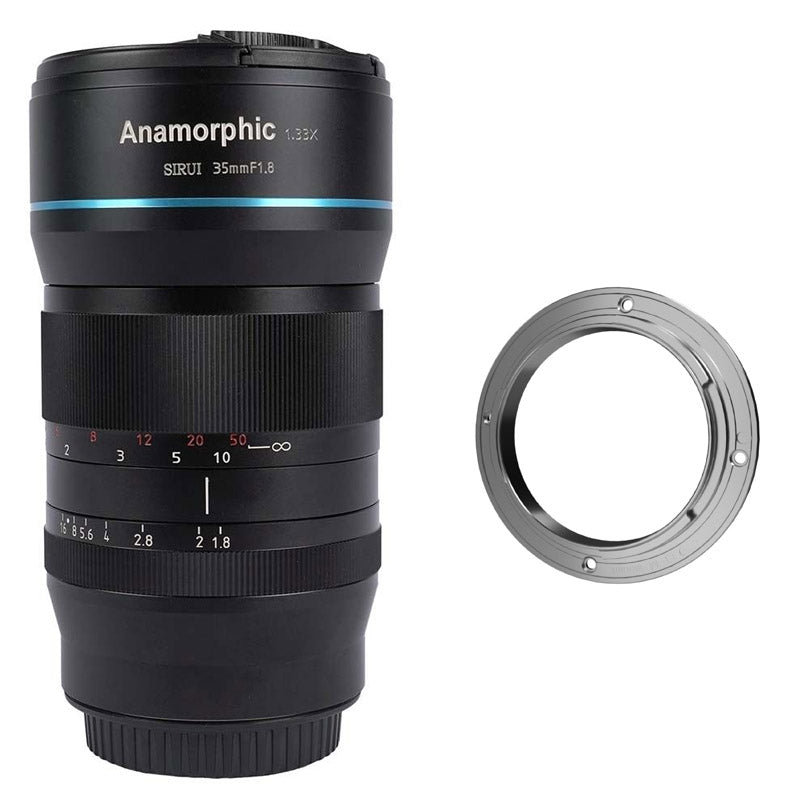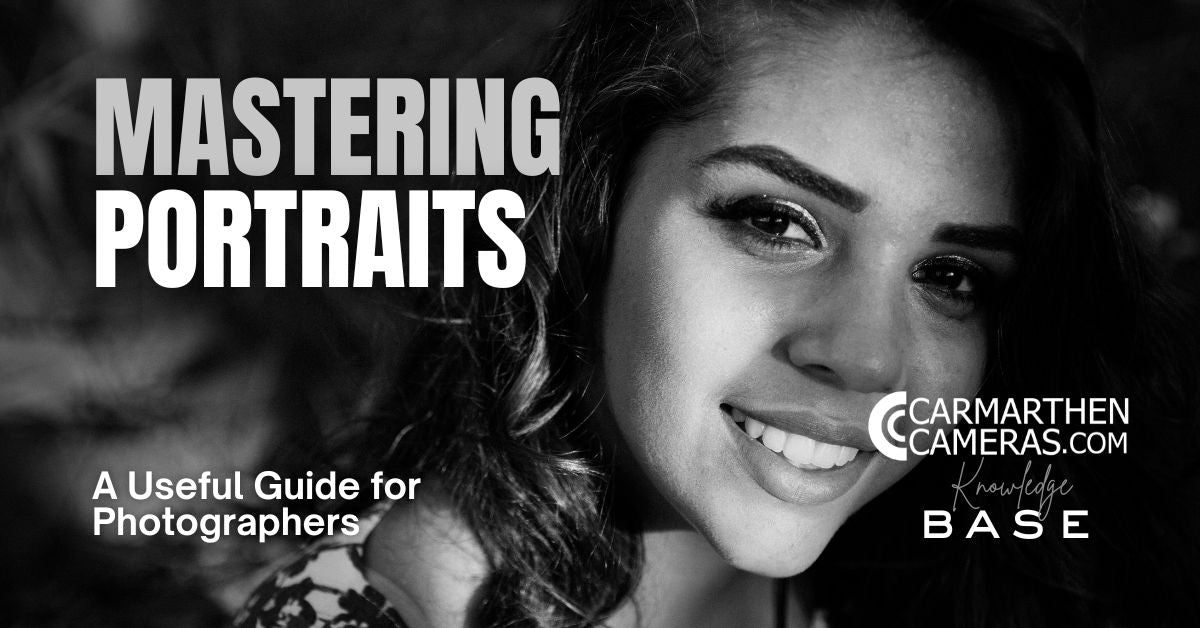Product Description
Sirui 35mm F1.8 Anamorphic 1.33X Lens with Mount Adapter for Nikon Z
The Sirui 35mm F1.8 Anamorphic 1.33X Lens is a versatile and cinematic lens designed for Nikon Z-mount cameras, perfect for filmmakers and photographers seeking to elevate their visual storytelling. With its ability to capture a wider field of view and create cinematic effects such as horizontal blue streaks and oval bokeh, this lens is an exceptional tool for creating immersive widescreen content.
Key Features
Anamorphic Format
- 2.4:1 De-Squeezed Format in 16:9: After de-squeezing, the captured footage provides a cinematic 2.4:1 widescreen aspect ratio, ideal for filmmaking.
- 33% Increased Horizontal FOV: Produces a field of view equivalent to a 26.3mm APS-C lens for a dramatic and expansive look.
Optical Performance
- Multi Nano-Coated Schott Optical Glass: Ensures high clarity, minimal aberrations, and excellent light transmission.
- Horizontal Blue Streak Effects: Creates iconic "sci-fi" flares with reduced stray light.
- Oval Bokeh: Achieved through 10 aperture blades, delivering a shallow depth of field and artistic oval-shaped bokeh.
Build Quality
- Durable Aluminium Housing: Provides a robust and long-lasting build while maintaining a lightweight design for easy handling.
- Compact and Portable: Designed to complement compact Nikon Z cameras without adding unnecessary bulk.
- Focus Scales in Feet and Meters: Offers precision in focusing for both video and photography applications.
Additional Specifications
- Minimum Focusing Distance: 2.8’ (0.85m) for versatile shooting scenarios.
- Fast Aperture: F1.8 for excellent low-light performance and control over depth of field.
- Filter Thread: 67mm for compatibility with a wide range of filters and accessories.
Mount Adapter for Nikon Z
- Included mount adapter ensures seamless compatibility with Nikon Z-mount cameras.
Applications
- Cinematography: Create professional, widescreen videos with striking anamorphic visuals.
- Photography: Add a unique, cinematic look to your stills with distinctive flares and bokeh.
- Creative Projects: Perfect for storytelling, music videos, and artistic experiments.
What’s Included
- Sirui 35mm F1.8 Anamorphic 1.33X Lens
- Mount Adapter for Nikon Z
- Lens Cap
- Rear Lens Cap
- User Manual
Summary
The Sirui 35mm F1.8 Anamorphic 1.33X Lens with its Nikon Z mount adapter delivers exceptional cinematic visuals, making it an essential tool for filmmakers and photographers alike. Its lightweight yet durable construction, coupled with advanced optics, ensures a high-quality and immersive experience for all your creative projects.
| Focal Length | |
| Lens Mount | |
| Lens Format Coverage | |
| Maximum Aperture | |
| Minimum Aperture | |
| Minimum Focus Distance | |
| Optical Design | |
| Diaphragm Blades | |
| Gear MOD & Pitch | |
| Gear Standard | |
| Filter Thread | |
| Focus Scales | |
| Focus Rotation | |
| Horizontal Squeeze (Anamorphic) | |
| Maximum Magnification Ratio | |
| Image Stabilization | |
| Lens Support | |
| Length | |
| Weight |
Payment & Security
Your payment information is processed securely. We do not store credit card details nor have access to your credit card information.
New content loaded
























